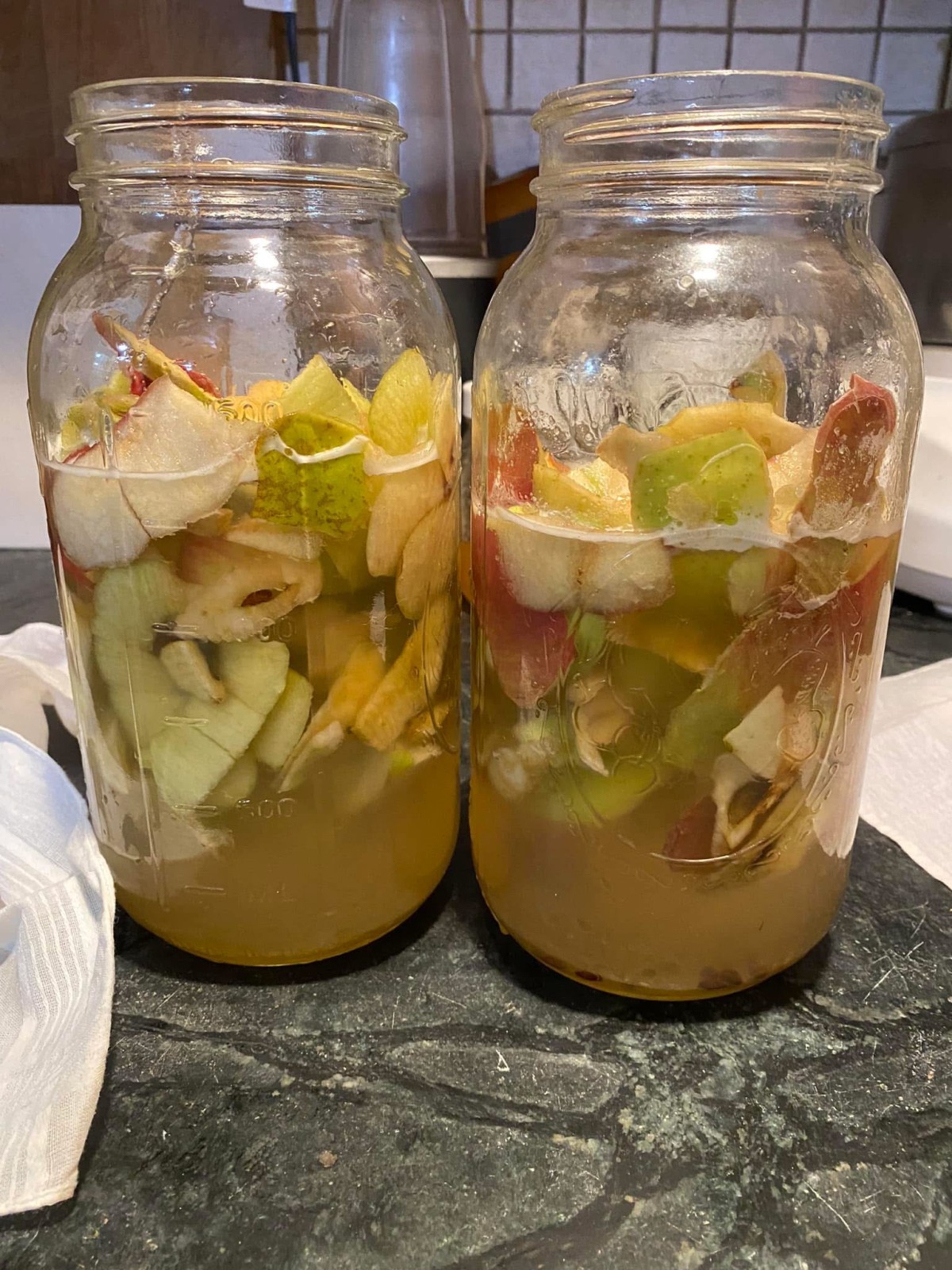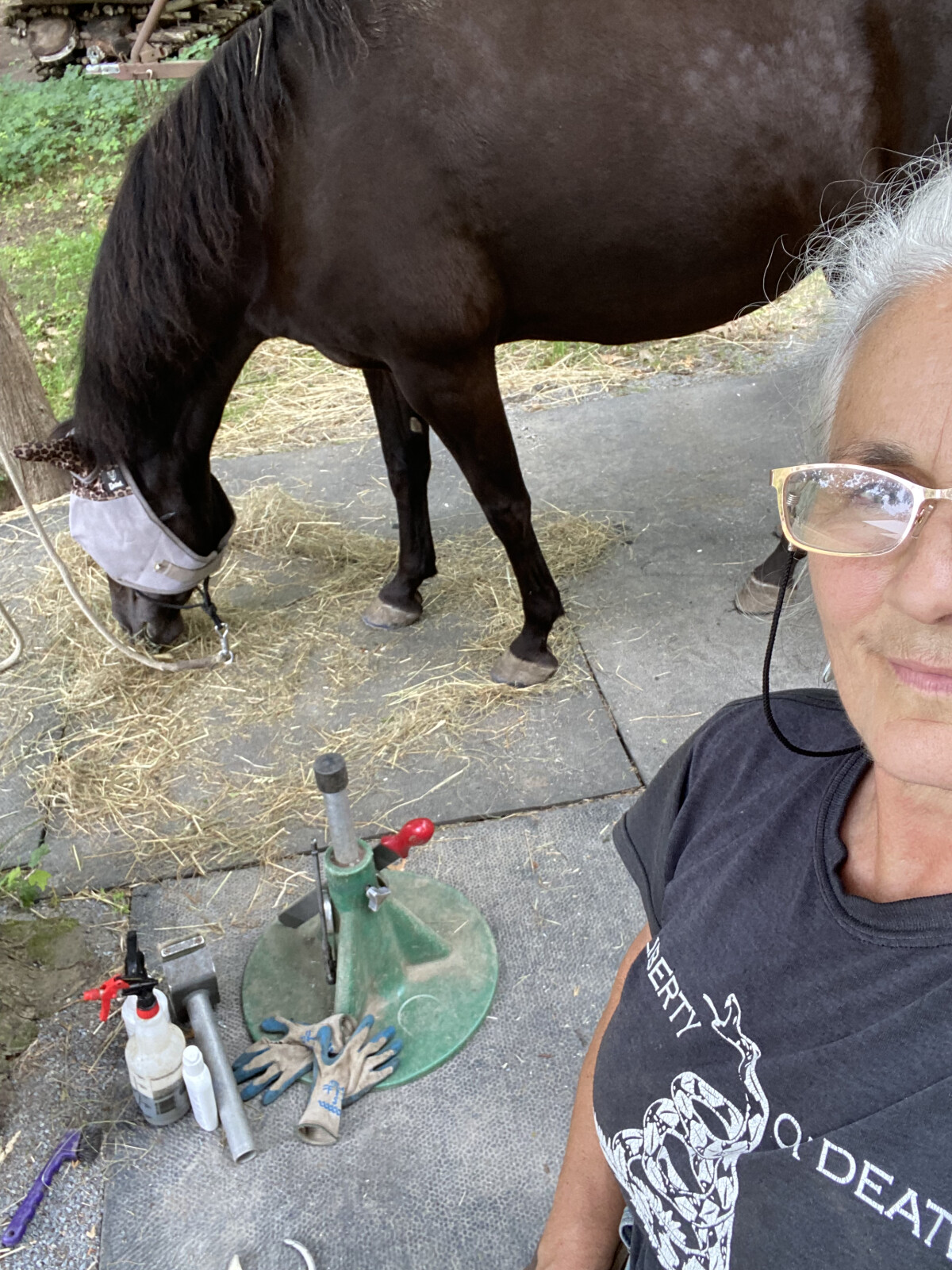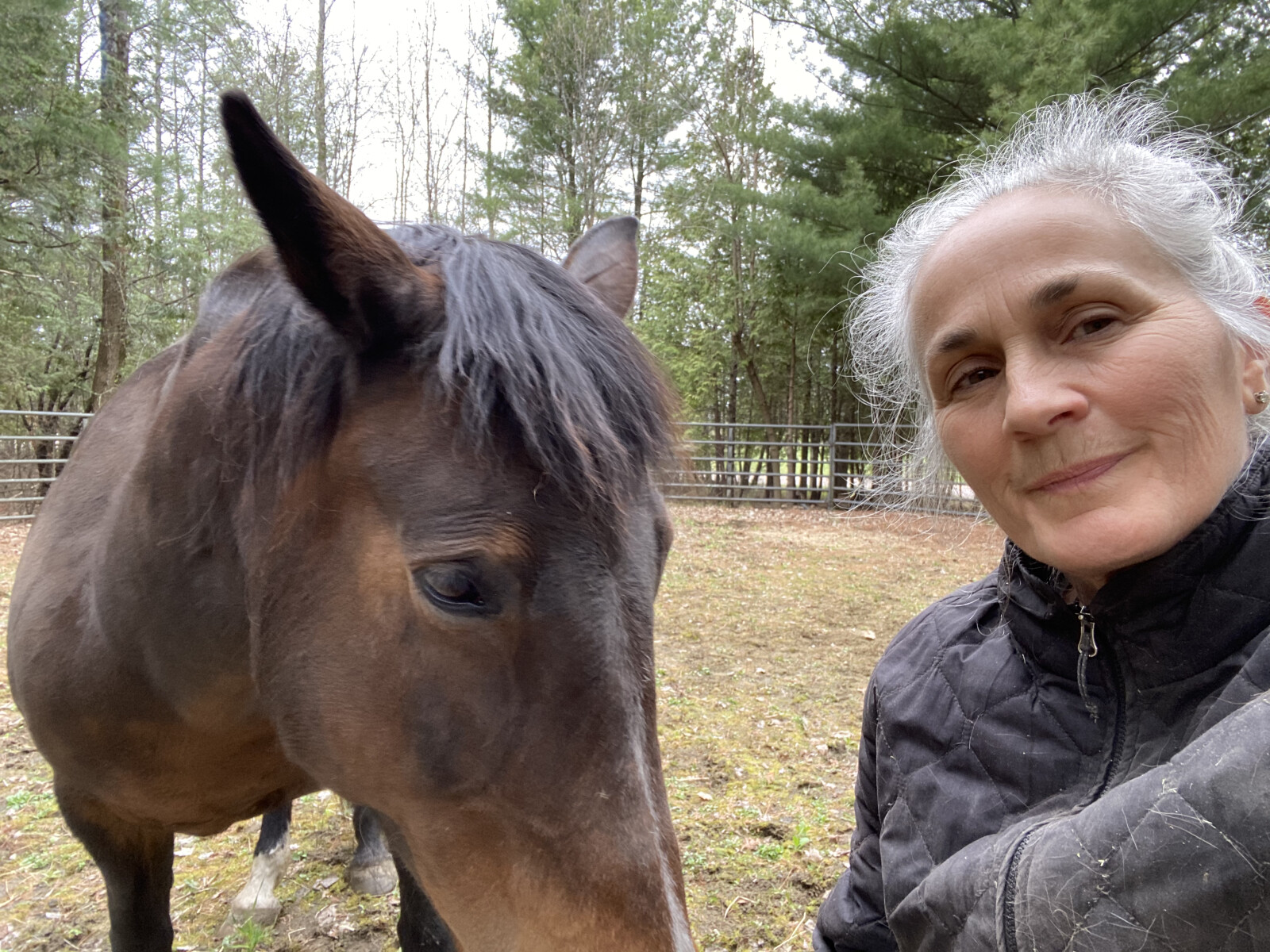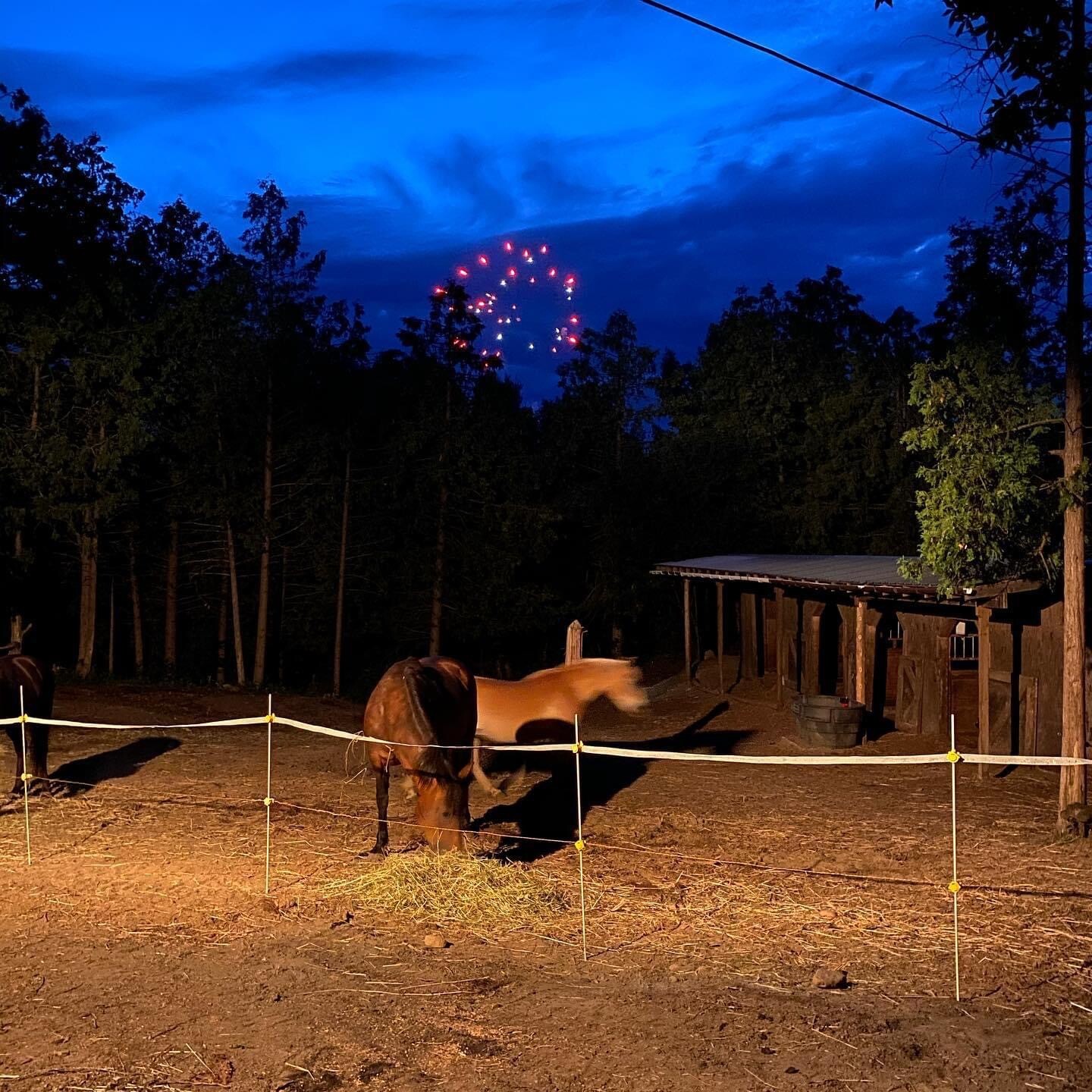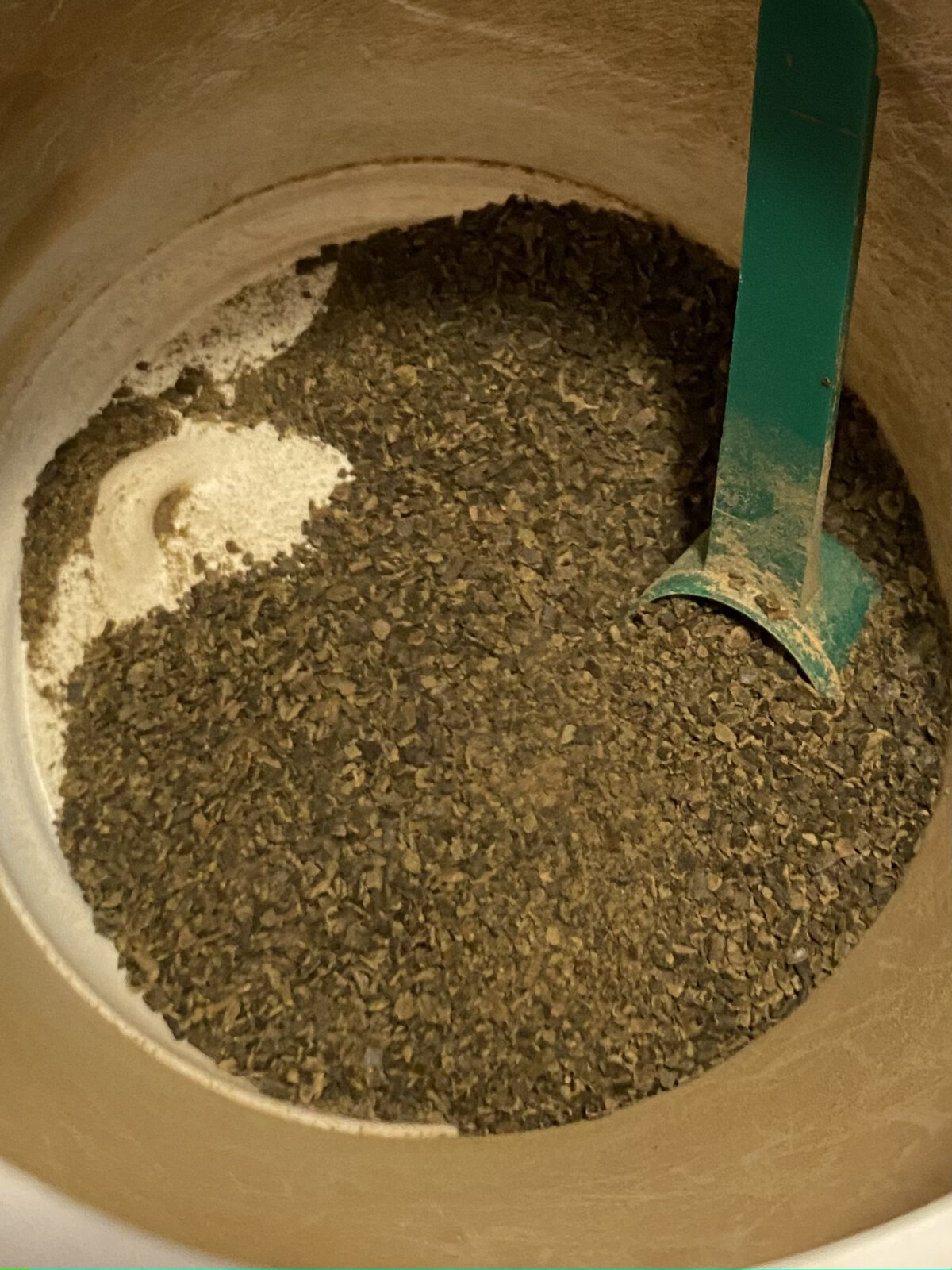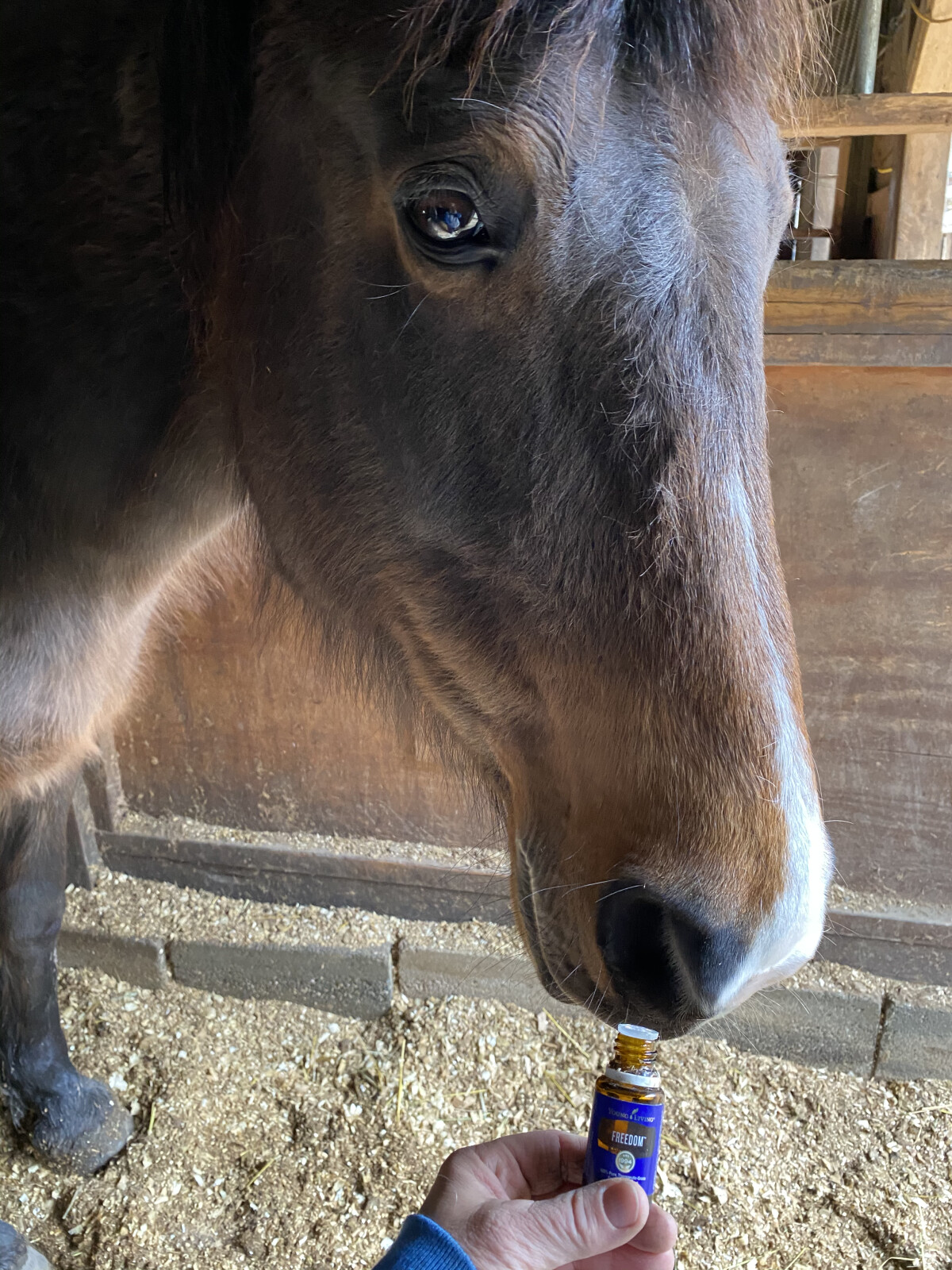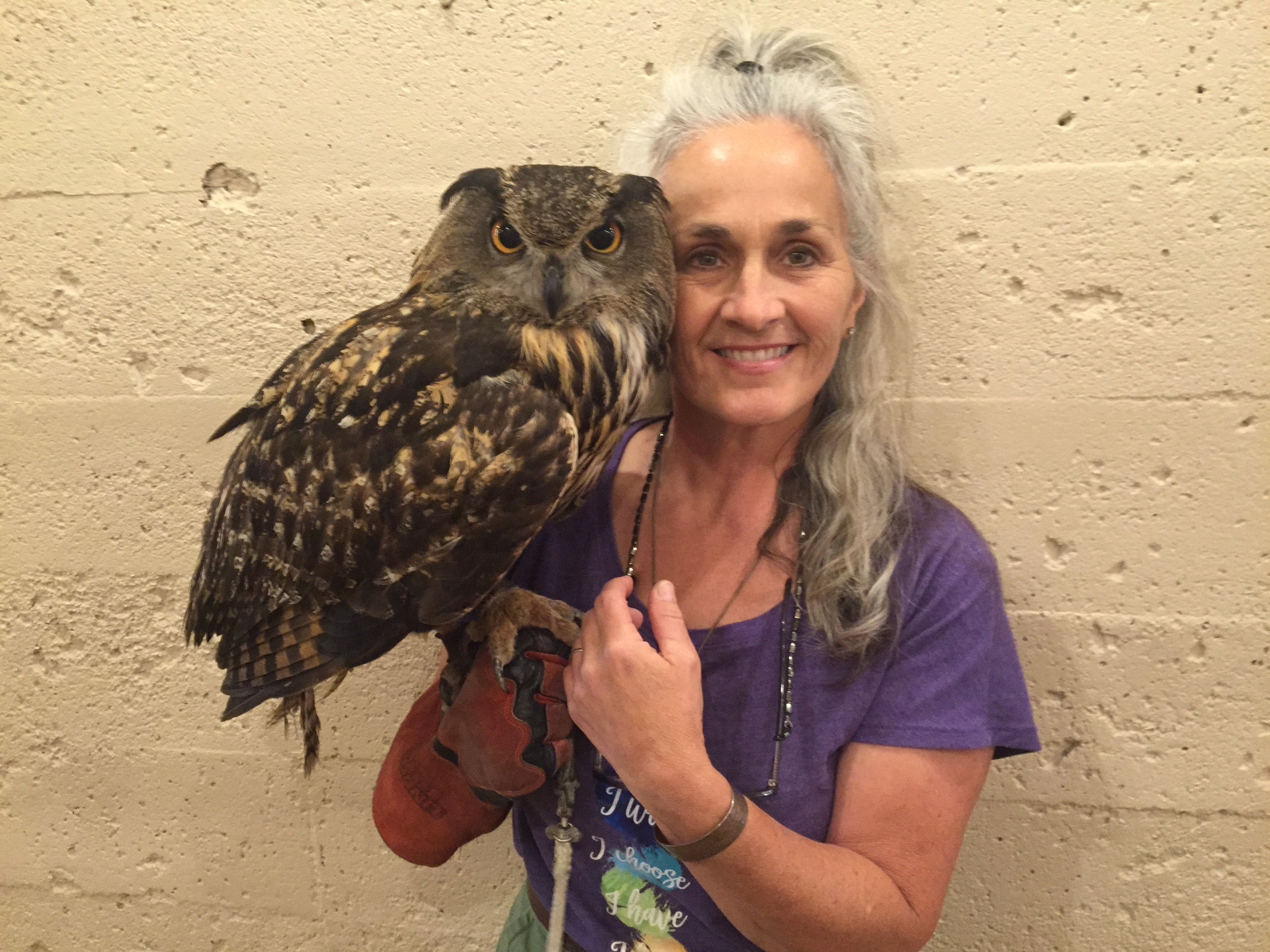
The blog post describes a delightful scene where horses engage with their natural environment after a poplar tree was brought down on their track. The horses enthusiastically stripped the accessible bark from the branches, deriving not just pleasure but also numerous health benefits. Poplar bark contains salicin and oleo-resins, which are known for their pain-relieving, anti-inflammatory, and protective properties, historically utilized by Native Americans to manage various ailments.
Poplar trees offer an array of beneficial attributes, including astringent, analgesic, anti-rheumatic, anti-septic, antibacterial, anti-irritant, and anti-fungal properties. The tree also holds cultural significance as a protective plant, believed to negate negativity and restore harmony. Interestingly, bees use its resin to safeguard their hives, showcasing how these trees contribute to broader ecological well-being.
Introducing diverse natural elements to horses’ environments can mentally and emotionally stimulate them, promoting a return to their instinctual habits. This interaction not only nurtures their well-being but creates interest and variety in their daily routine, akin to their wild ancestors. For more insights into holistic horse care and the benefits of various plants and trees, interested individuals are encouraged to join a dedicated Facebook community that shares a wealth of information on the topic.
Read more...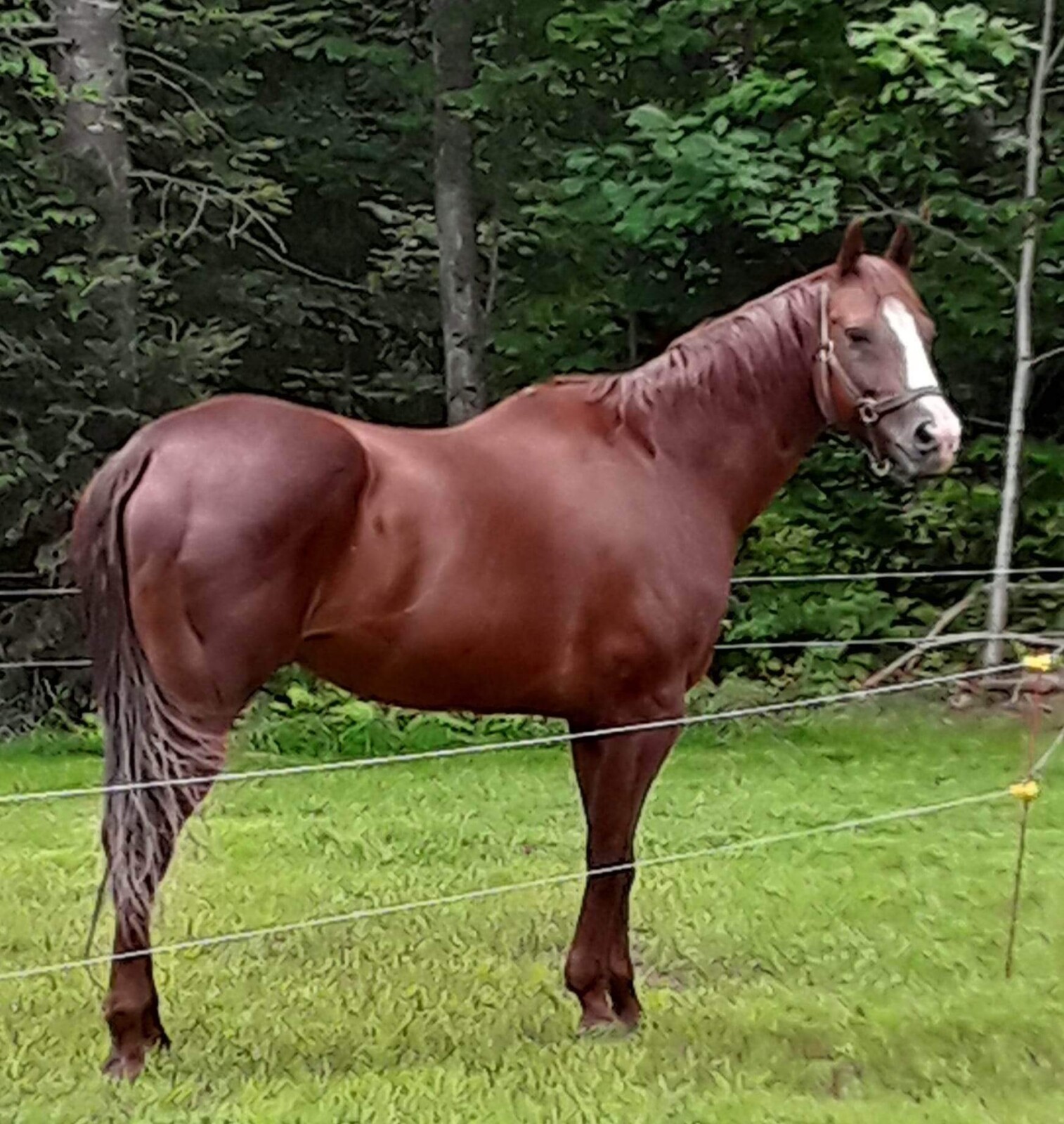
Remembering Tex...
A few years ago when I started The Hearts of Horses, Empowering Through Holistic Care community, a new friend reached out looking for suggestions to help her horse. Tex was experiencing falling down, to the point that his legs were getting bloodied and bruised. The first thing I thought was that there was an issue with hoof angles and the stay apparatus. Horses have a stay apparatus which allows their legs to lock so that they can nap while standing. It's possible for hoof angles to be such that this apparatus does not work properly. As it turns out, this was NOT Tex's problem! He was actually SLEEP DEPRIVED from his inability to lay down comfortably! A major health concern for aging horses... sore joints.
Once we realized that Tex was sleep deprived, due to not being comfortable lowering himself to the ground, I suggested to his caregiver to try Sulfurzyme to support his joints. From my own personal experience, with animals and myself, I know how well it works and was sure it would help Tex. Happily, Tex felt improvement on 4 capsules of Sulfurzyme per day in the first few days of using it. I was so pleased to get this great news from his "Mom" and a photo of him laying down peacefully and napping.

Why Sulfur? What does it do for the body?
Sulfur plays an important role for a variety of functions in the body. Most noticeably, when sulfur levels are supplemented, you'll see an improvement in skin health, hair growth, hoof growth and comfort increases in tendons and ligaments. Sulfur helps to metabolize food and protects cells from damage that leads to disease (think cancer). From a hoof care provider perspective, sulfur contains 2 amino acids that are necessary for healthy hoof growth, methionine an cysteine.
How does Sulfur deficiency show up?
* arthritis
* brittle hair/ nails/ hooves
* depression
* skin problems
* gastrointestinal issues
* slow wound healing
* memory loss
* migraines/ headaches
* convulsions
Sulfur-rich foods...
* allium vegetables- garlic, onions, scallions
* cruciferous vegetables- broccoli, cabbage, arugula
* eggs
* legumes- chick peas, kidney beans, peas, lentils
While you many not want to feed your horse all of these foods, some are helpful. Garlic is beneficial for its sulfur content as well as the other health benefits it offers. Read more in this blog about the benefits of garlic. Incorporating these sulfur rich foods in our own diet helps to provide us with necessary amounts of sulfur.
For our horses, I have found it very easy to make positive changes in joint and overall health just by adding the Sulfurzyme capsules. The number of capsules will vary for each horse but I have found starting with 4 per day and adjusting from there is helpful. I have three horses on 2 capsules per day while my oldest gelding does better ( no cracking and popping of joints) on 10 -12 per day. There is also the Sulfurzyme powder, which contains a prebiotic, that may be even more beneficial in some cases.
If you're like me and have an aging herd (or you're aging yourself!) get some sulfur into them! You'll be amazed at the results.
If you'd like to read more stories/testimonials about the benefits of using Sulfurzyme, use the search bar in The Hearts of Horses, Empowering Through Holistic Care. Also, check out the Guides in this group for a variety of holistic care topics.
All the best,
Marta
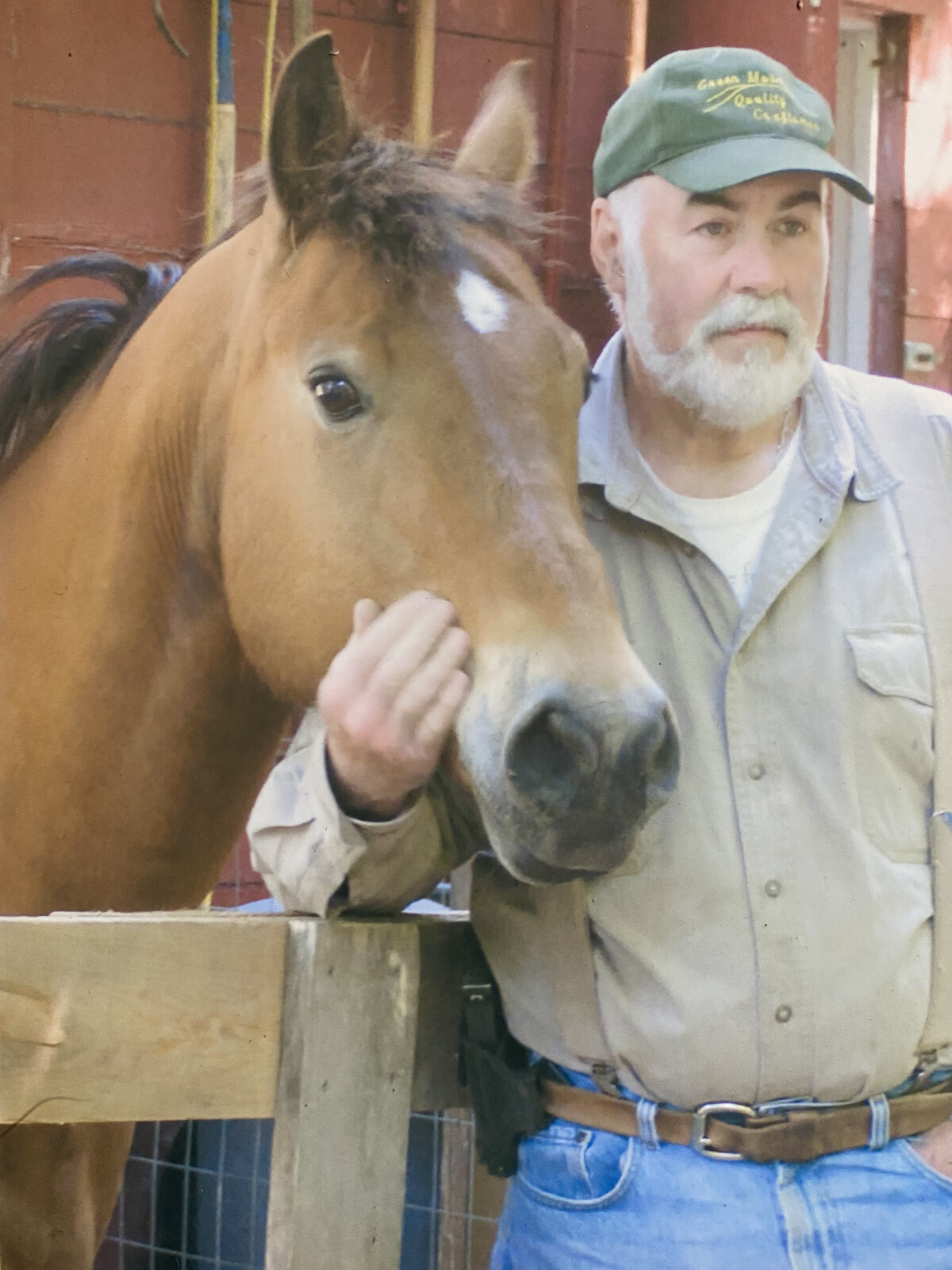
I saw Dollar listed for sale in the newspaper. We had just gotten started with horses and already had two... but I thought Skip (my husband) needed a nice, buckskin QH gelding! Everybody needs a buckskin, right?! Well I went to see "Mac" (his name at the time) and just knew I had to take him home, as I watched the little girl walk under his belly!
Dollar had been a ranch horse out west. He came to VT by way of Pond Hill Ranch. Being new to horses there were so many signs of problems in his body, that a more experienced person would have seen, but I didn't know at the time. And perhaps it was for the best, as I learned so much in caring for Dollar over the years he was with us. I feel as though he came to us to help me in that way.
Dollar was in shoes that were overdue to come off, he had a broken back axis in his front right foot and we would later learn that he had chronic problems with this, right up through his shoulder. It was through these problems with pain and inflammation that I learned about the benefits of using Bentonite Clay as a poultice.
Bentonite clay gets its name from Fort Benton in Wyoming where it is plentiful. It is a clay formed from volcanic ash which contains calcium, magnesium and iron. People have used it for thousands of years to remove impurities on the skin. When used internally, the clay particles absorb and eliminate toxins. It carries a negative charge so it binds to positive charged metals like lead. Some cultures have used it for dietary supplementation as well as a remedy.
In the beginning, while learning to care for my horses, I was calling the vet for so many little things as I had not yet learned how to handle them. I wasn't comfortable with the products I was told to use, by the vets, so I sought out other options. I was fortunate to have been introduced to a local animal communicator/herbalist who shared with me the benefits of using bentonite clay. She showed me how to mix it as a paste by adding cold water using a plastic or wooden spoon (not metal), then slather it over Dollar's hot, inflamed lower leg. After, it was wrapped with a brown paper bag. Later when I started trimming professionally, I carried the clay and supplies to use as needed.
The next piece I added, to bring even more comfort after I learned how fast and well they worked, were Young Living Essential Oils. I started using single oils and blends like Wintergreen, Clove and Copaiba or PanAway to apply couple of drops directly to the sore area then added the bentonite clay over it. Wrapping as needed. Applying a thin layer and allowing the clay to dry, without a covering, has a drawing effect that can be helpful in situations.
It is also helpful when used internally to benefit stomach issues in horses. Mixing 1-3 tsp in cold water to make a slurry that can be added to their feed or given by mouth. It provides a coating that may be beneficial to an upset stomach lining. I've been using it lately for Saxon who has been a little runny on his back end (as we've been out of his Allerzyme and Life 9). It seems to be helping, like when I started him on the enzymes, as his behavior became better. This tells me that he's had some discomfort in his gut that has been remedied by the clay too.
This powder is a great thing to add to your barn health kit. It's easy to mix up and apply. You can even keep a container mixed up and just add a bit more water to make it smooth for application. I like mountainroseherbs.com for many of my herbal needs.
Let me know how it works for you!
All the best,
Marta


